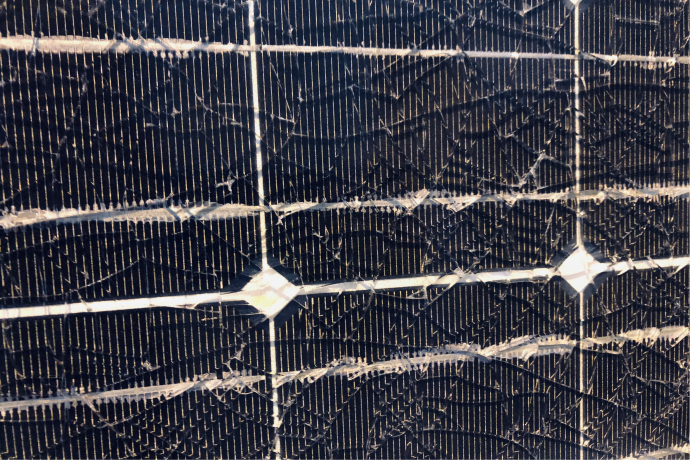Unit 1B, Keynor Farm
Sidlesham, PO20 7LL
8:30am - 5:00pm
Monday - 4:00pm Friday
Blog

Wagner Renewables responds to export tariff cut announcement.
The government’s Department for Business, Energy and Industrial Strategy has today confirmed that the export tariff will be ending in line with the closure of the feed in tariff scheme on the 31st March 2019.
The export tariff see owners of renewable generation sources, solar and wind, getting paid for any energy they export to the grid.
Darren Crisp, Marketing Manager for Wagner Renewables Ltd says “Confirmation of the removal of the export tariff is devastating news to the industry. The payments received by home and business owners are fair. People should not be expected to supply power to the national grid for free.”
The removal of the export tariff was first suggested earlier in the year and has been in consultation until now. The plans have been fiercely opposed by industry stakeholders. The government announced that it had received 345 responses to the consultation document, of these 315 (91%) disagreed with the export tariff proposals, 14 expressed no comment or no answer, and just 16 (4.6%) agreed with the decision.
Since the introduction of the feed in tariff scheme, and paid export, solar have been a huge success story. Millions of homes and businesses and hundreds of schools have embraced clean energy and had solar installed. Despite this the government has pushed forward with its decision to remove the tariffs citing that a flat rate export tariff does “not align with the wider government objectives”. Other conclusions reached in this consultation document include
- There will be no reallocation of unused capacity, said to be in line with the government’s commitment to keeping energy bills as low as possible;
- Net costs of metered exports will be brought into the levelisation process, to be applied to metered exports from installations of all sizes into effect for FiT year 10 on 1 April 2019;
- The average time-weighted system sell price will be used to determine the value of metered export to FiT licensees.
All new small scale solar and wind installations after the 31st of March 2019 will not qualify for the feed in tariff nor will they receive any payments for energy they send back to the grid.
Wagner Renewables Managing Director, Mark Osborne comments that “the impact of this decision is expected to be felt hard right across the industry with job losses and company closures almost inevitable.”
According to an impact assessment posted on industry leading website Solar Power Portal, new small scale renewables deployment could drop to below 50MW a year [report here]. This decision has come as a surprise to some in the industry after comments from Claire Perry, energy and clean growth minister hinted at a possible U turn when grilled by MPs saying “I do completely agree that solar power should not be provided to the grid for free and that’s why I’ll shortly be announcing the next steps for small scale renewables,”
Mark Osborne adds “If exploring the possibility of having solar installed is on your to-do list we recommend that you take action before the 31st of March. The cuts aren’t enforced retrospectively so those with solar installed before the cut off will still benefit from the tariffs as they currently stand.”
As the UK renewables industry awaits the government to come up with and put in place new measures for small scale renewables it remains in a state of limbo and realistically, inevitable decline.





